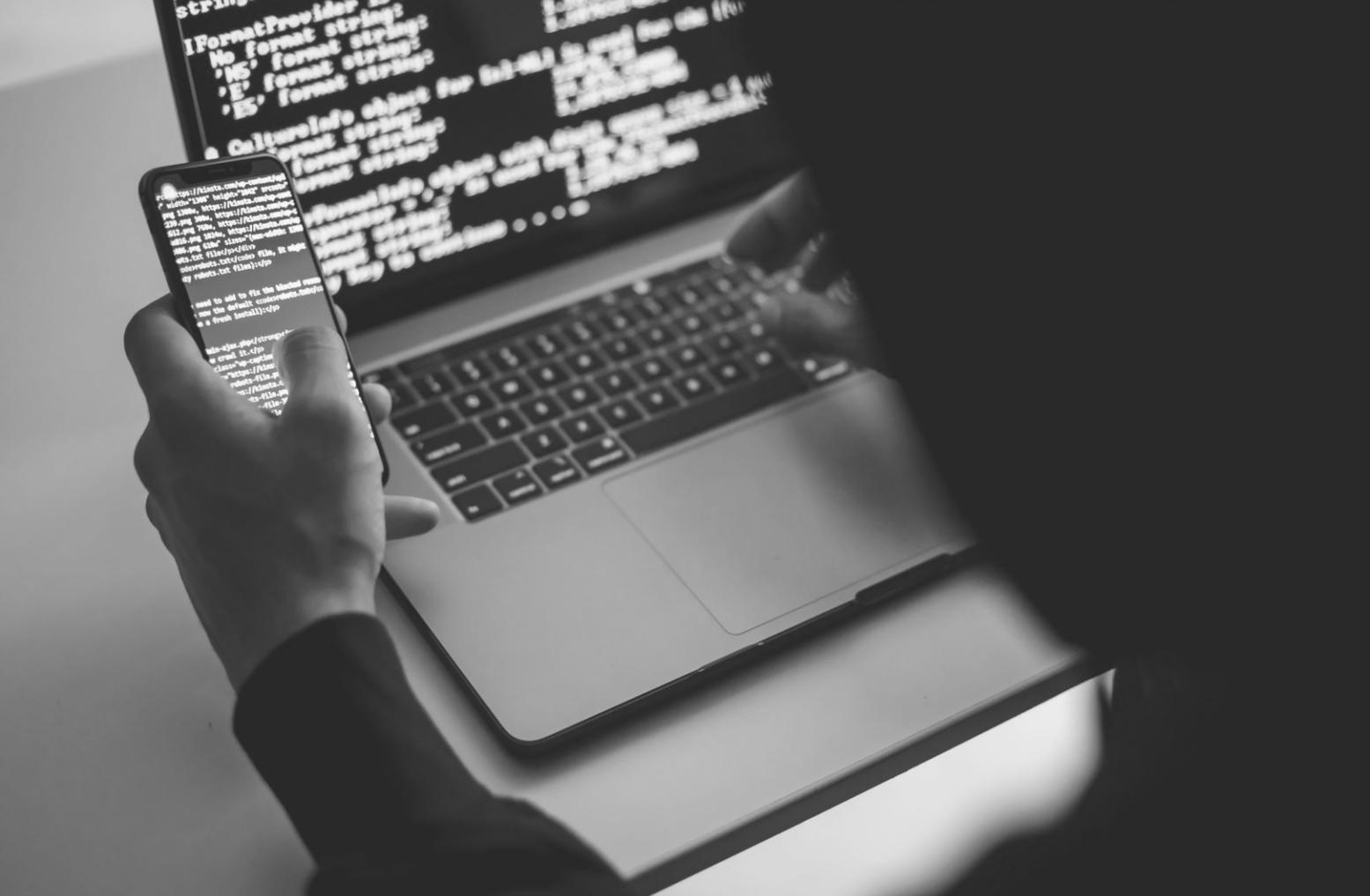Chatbot Analytics Training Program
We built this program after clients kept asking the same questions. Not the basics—everyone gets those. But the tricky stuff. Like why conversation drop-offs happen at specific points. Or how to interpret response patterns when users switch between topics mid-chat.
Starting September 2025, we're running small group sessions. Six months of practical work with actual chatbot data from Swiss businesses.
Get enrollment details
Questions People Actually Ask
We organized these by when people typically ask them. Before signing up, during the program, after finishing, and months later when they're deep in their own projects.
Before You Start
- Do I need to know Python already? (Short answer: helps, but we start from scratch)
- What if I work full-time? Sessions are evenings, Tuesdays and Thursdays, 18:30-20:00
- Is this just theory? About 70% hands-on work with real conversation logs
- How many people per group? We cap it at eight so everyone gets actual attention
During the Program
- What if I miss a session? We record everything, plus catch-up sessions every Saturday
- Can I bring my own chatbot data? Yes, and we encourage it after week three
- How much homework is there? Plan for 3-4 hours weekly, mostly data analysis practice
- Do you help with implementation? That's literally half the curriculum
After Completion
- Will I get a certificate? You'll complete a capstone project that serves as portfolio work
- What jobs can I do? Analytics specialist, conversation designer, chatbot optimizer
- Do you help with job placement? We introduce you to our client network, no promises
- Can I keep accessing course materials? Yes, everything stays available for two years
Ongoing Support
- What if I get stuck on a project later? Monthly office hours for all alumni, no time limit
- Do you update the content? We refresh examples quarterly as platforms change
- Can I retake sections? Alumni can audit any future session at no cost
- Is there a community? Private Slack workspace that's been pretty active since we started

Lucien Dubois
Completed January 2025
"The Saturday catch-up sessions saved me. I traveled a lot for work and still managed to finish without feeling lost."

Rafael König
Completed March 2025
"I expected lectures. Got my hands dirty with actual broken chatbot logs instead. Way more useful than I thought."

Sienna Wirth
Completed April 2025
"The alumni Slack is gold. Someone always knows the answer when I'm debugging conversation flows at 11 PM."

How We Actually Teach This Stuff
No death by PowerPoint. Each module starts with a real problem from our client work—sometimes embarrassingly real, like the chatbot that kept recommending winter coats in July.
You'll work through it step by step. We show you what went wrong, walk through the data together, then you try fixing similar issues with different datasets.
By week four, you're analyzing conversation patterns independently. By week twelve, you're presenting insights to mock stakeholders (spoiler: they're tougher than real ones).
Reading Conversation Data
Most tools dump logs as messy JSON files. We teach you to clean and structure them so patterns actually emerge.
- Import and parse chat logs from major platforms
- Identify conversation structure and user intent shifts
- Tag utterances for later analysis
- Export cleaned data for visualization tools
Spotting Drop-Off Points
Users abandon conversations for specific reasons. Learn to find exactly where and why it happens.
- Calculate drop-off rates by conversation stage
- Map user exit patterns across different flows
- Correlate abandonment with response time and length
- Build reports that show fixes, not just problems
Intent Classification
Teaching machines what users want sounds fancy. Really it's careful pattern matching and lots of testing.
- Group similar user questions into intent buckets
- Train basic classifiers with labeled examples
- Test accuracy on real unseen conversations
- Improve models by analyzing misclassifications
A/B Testing Responses
You'll run experiments to see which chatbot responses actually work better. Stats included, but kept practical.
- Design response variants for testing
- Set up traffic splitting across variants
- Measure engagement metrics properly
- Calculate statistical significance without a PhD
Performance Dashboards
Stakeholders want pretty charts. You'll build dashboards that are actually useful, not just decorative.
- Choose metrics that matter for your use case
- Build real-time monitoring with simple tools
- Set up alerts for conversation quality drops
- Present findings to non-technical audiences
Optimization Workflows
Connect your analysis to actual improvements. Close the loop from data to better conversations.
- Document current chatbot performance baseline
- Prioritize improvements by potential impact
- Test changes systematically with version control
- Measure improvement and iterate continuously
Program Details for September 2025
Duration
24 weeks, September 2025 to February 2026. Sessions twice weekly, plus optional Saturday workshops every other week. Plan for 8-10 hours total per week including homework.
Format
In-person at our Lugano office with remote access for those who need it. We've found hybrid works well—about half attend remotely most sessions.
Prerequisites
Basic programming comfort helps but isn't required. We start from fundamentals. You'll need a laptop and curiosity about why chatbots behave the way they do.
Cost Structure
CHF 4,200 for the full program. Payment plans available—three installments of CHF 1,500 or six monthly payments of CHF 750. Early registration by July 15 gets CHF 300 off.
What to expect realistically: This won't make you a data scientist overnight. You'll gain practical skills for chatbot analytics work, but job outcomes depend on your effort, existing background, and local market conditions. We've had students land analytics roles, consulting gigs, and internal promotions. Others use the skills to improve their company's existing chatbots. Results vary based on individual circumstances.